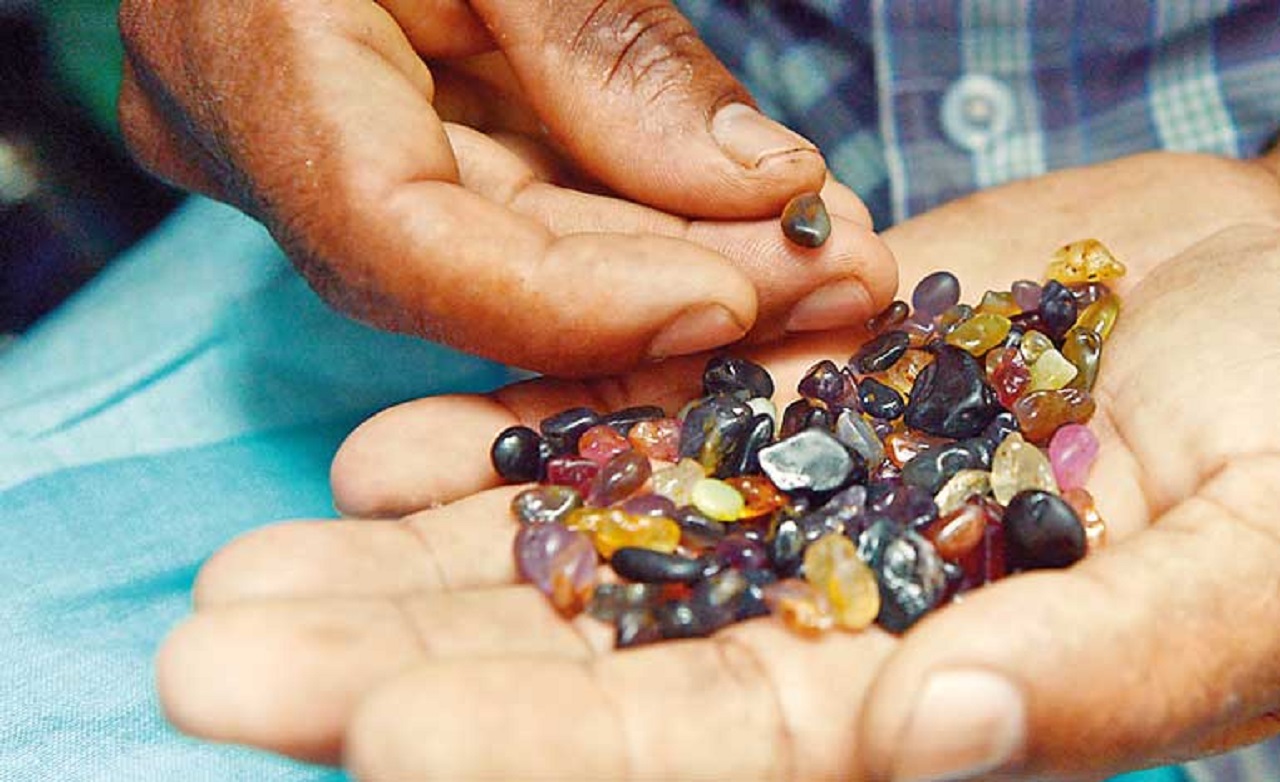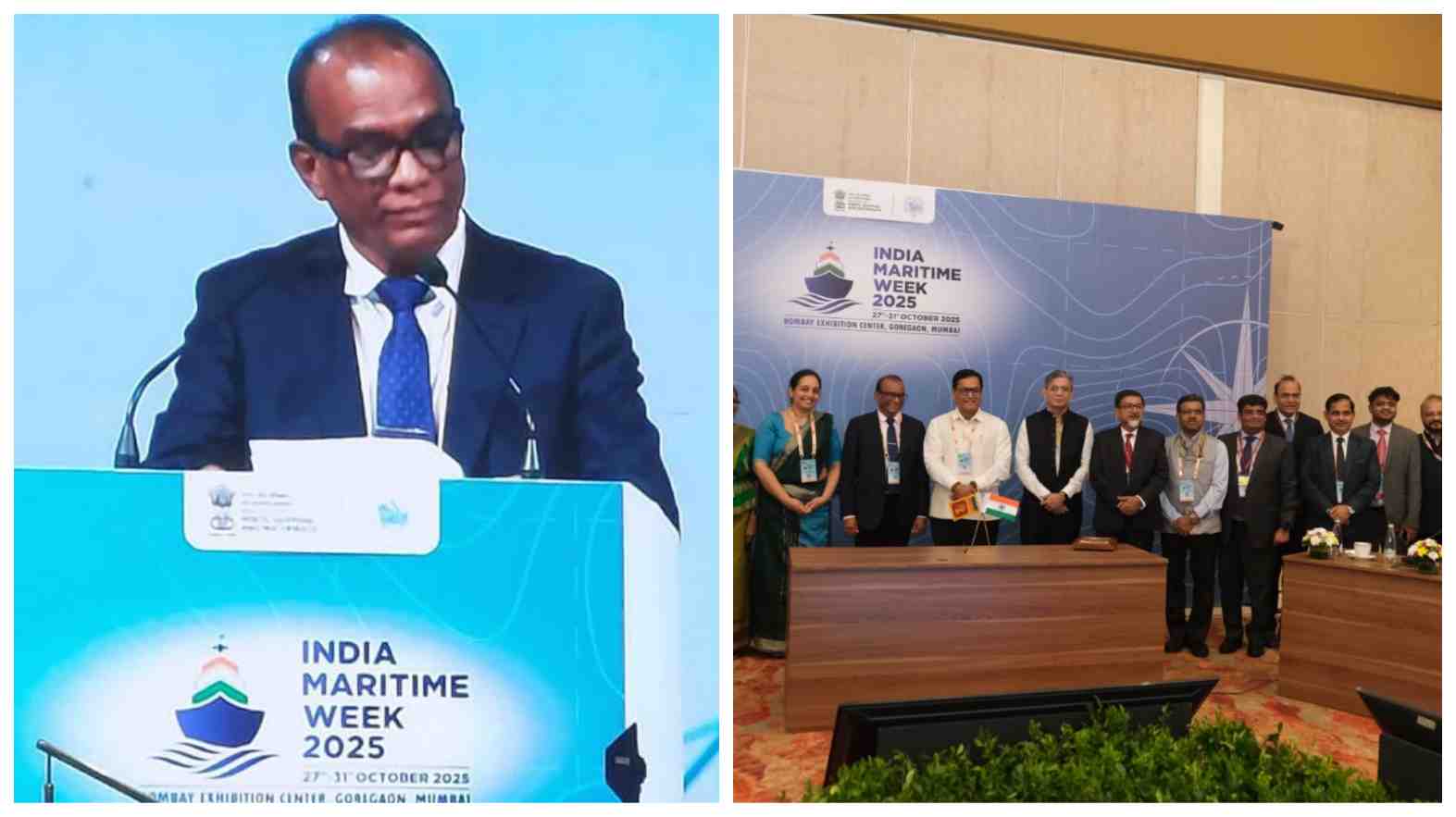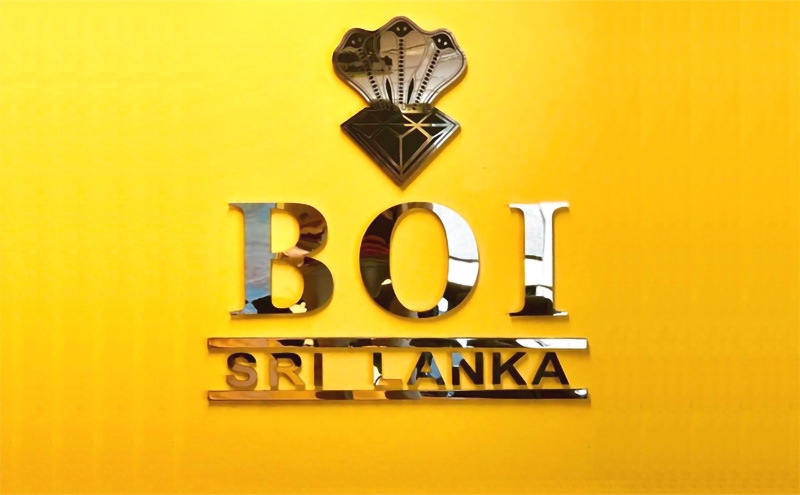The gem and jewellery industry in Sri Lanka long celebrated for the wealth of varieties such as Ceylon sapphires, rubies and topazes is now exposed as suffering from a two-tiered reality. On the one hand, official export figures remain disappointingly low; the industry reportedly achieved only US$202 million in export earnings in 2024.
On the other hand, parliamentary disclosures and investigative reports point to an underground pipeline of exports and illicit trafficking estimated at Rs 300 billion (more than US$1 billion) annually.
The sector’s official results reveal a disconnect between ambition and delivery. In October 2025, industry officials reiterated a target of at least US$400 million for the year, even as they acknowledge historic performance far below that threshold.
Conversely, earlier reports show that cumulative exports of gems and jewellery in 2024 dropped This suggests policy headwinds and structural bottlenecks inhibiting growth.
Multiple investigations suggest the gap between official figures and actual flows is fuelled by deep-rooted smuggling and export evasion. Chinese nationals, foreign participants and unlicensed intermediaries are reported as being active in moving high‐value gems out of Sri Lanka through informal channels and cash transactions, thereby bypassing customs and tax-regimes.
One article highlights how undervaluation of consignments is routine, with the National Gem and Jewellery Authority (NGJA) pointing to instances where gems valued at hundreds of thousands of dollars were recorded at mere tens of thousands.
The government and regulatory bodies have acknowledged the problem. The NGJA and other authorities claim that enforcement and auctioning protocols are in place — yet critics say the existing legal and institutional framework remains inadequate to stamp out illicit activity.
Proposed reforms include duty‐free import schemes for processed and unprocessed stones, VAT refunds for exporters at the airport, and attempts to streamline licensing.
But the delay and weak enforcement mean that many expect the official pipeline to fall short of its potential.
Loss of tax revenue and foreign exchange from the hidden trade is a serious drag on the country’s overall economic recovery. With Sri Lanka targeting US$36 billion in total exports by 2030, the gem sector could have been a unique contributor — yet instead it is serving as a leak.
Internationally, unchecked smuggling and undervaluation undermine Sri Lanka’s reputation as a credible source of premium gemstones. Traditional buyers may shift to alternative hubs offering greater transparency.
Experts agree that the industry requires far stronger governance. This includes:
Rigorous audit trails for gem exports and receipts of foreign currency.
Better gem-valuation capacity and fewer arbitrage opportunities for undervaluation.
Measures to bring informal transactions into the formal economy e.g., licensing of foreign buyers, tracking rough stone flows, stricter border controls.
Integration of value-addition (cutting, polishing, jewellery manufacturing) and export channels to raise declared earnings.
Without meaningful reform, the disparity between Sri Lanka’s natural gem-endowment and its export performance will continue to widen with the illicit economy capturing most of the value.
In sum, while the official numbers for 2025 show some improvement, the true size of Sri Lanka’s gem and jewellery industry remains opaque. As long as more than US$1 billion of trade flows outside formal channels, the country’s economy, revenue potential and industrial credibility suffer. Only when the “underground” trade is drawn into the daylight will Sri Lanka’s gem sector deliver on its promise.





